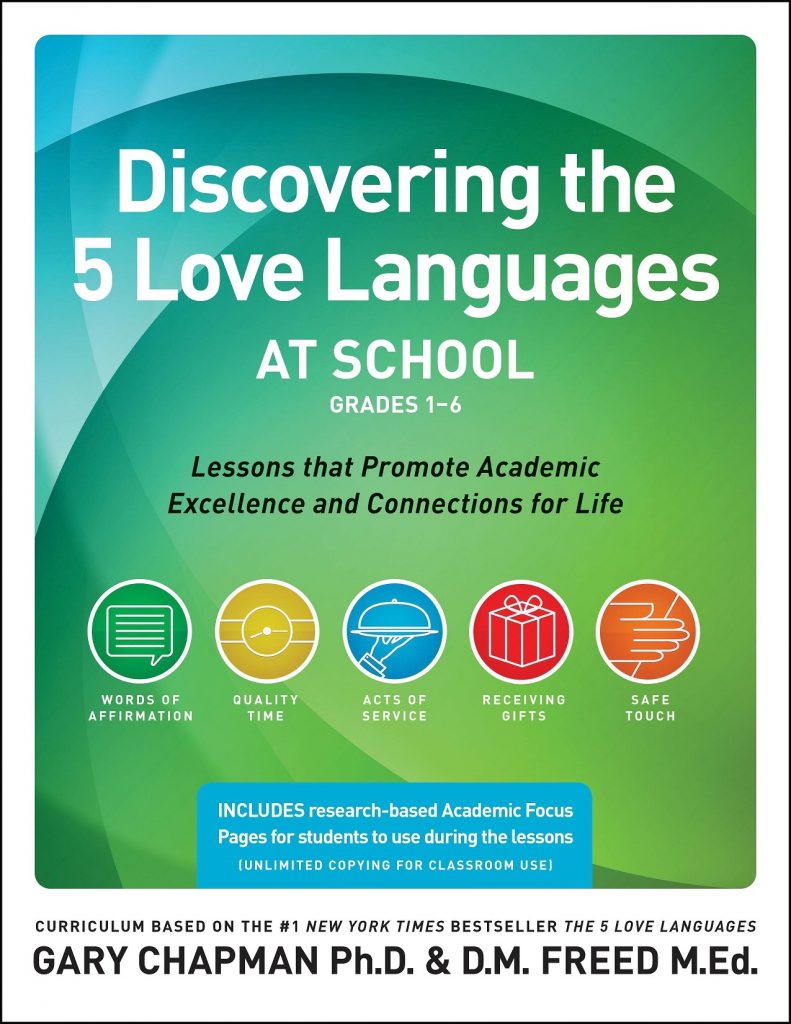Appreciation Is Critical for Schools: For Teachers, Staff, Administrators & Students!
August 6, 2018 9:00 am
 This time of year, many of us begin to focus on a return to school. Teachers, administrators, students of all ages and their parents are gearing up to begin another year – setting lesson plans, filling backpacks with necessary supplies, learning new names and faces.
This time of year, many of us begin to focus on a return to school. Teachers, administrators, students of all ages and their parents are gearing up to begin another year – setting lesson plans, filling backpacks with necessary supplies, learning new names and faces.A community of educators may look quite different than many other occupations (cubicles full of accountants, offices of advertising executives, builders at a construction site) but they have the same need to feel appreciated for their work as other professionals. In May, we posted the blog Faculty & Administrators Share Suggestions for Showing Appreciation in Schools, but I’d like to share an update with you about other resources for educators and some things I’ve learned from them recently.
A Recent Gallup Research Confirms the Importance of Communicating Appreciation to Teachers
The researchers at Gallup recently found that only 29% of teachers strongly agree that they have received recognition or appreciation recently for doing good work.
The challenge? Most schools and districts have limited financial resources for assessment and training related to staff morale.
The solution? We offer low cost assessments and inexpensive training resources to assist schools and administrators to teach their faculty and staff how to communicate authentic appreciation to one another.
Good things happen with teachers receive regular recognition and praise. These teachers:
- grumble and complain less.
- are tardy less, and call in “sick” less frequently.
- are more likely to stay employed at their current school.
- are less likely to receive complaints from parents.
We know that for recognition and appreciation to be valuable to the recipients, it needs to be regular, in the language most important to the team member, about them personally and viewed as being authentic. These conditions are met when schools use the Motivating By Appreciation Inventory along with the Appreciation at Work training kit.
More and more schools are using our resources to create positive workplace cultures — public, private, preschools, alternative schools.
I just returned from training the leaders of the Monongalia County school district in West Virginia in the 5 languages of appreciation. We had a great time and, wow, what beautiful country!
Stacey Sylvester and Jen Cox, elementary school administrators, have been using the 5 languages for the past three years and introduced me to the District. With the enthusiastic support of the District administrators, Donna Talelrico & Sandy DeVault, I’m excited to help them roll out the 5 languages of appreciation both with the administrative staff and schools.
The School version of the Motivating by Appreciation Inventory is designed to help school administrators, faculty and staff in both public and private schools. The action items address unique challenges in educational settings (i.e., an act of service may be watching a teacher’s students during lunch recess so she can make phone calls to parents.)

For a more thorough discussion of appreciation in school, see this article in Educational Leadership by Dr. White.
Curriculum to Teach the 5 Love Languages to Students (Grades 1 -6)
First of its kind and based on the #1 New York Times bestselling, The 5 Love Languages®, this curriculum uses research-based techniques that will help teachers and students establish both human and academic connections.
Here are some of the things you will find inside:
- Eight, easy to use, intentional lessons written in both scripted and abbreviated formats giving the instructor the option of reading it to the class or teaching it from an outline (average time per lesson 35 minutes)
- Curriculum that reaches all elementary-aged students including trauma sensitive, complex and highly capable learners
- Instruction that connects the students with the teacher, educational staff, peers, and family at the deepest levels of understanding
- Lessons that use compare/contrast techniques to help students focus on what “to” do rather than what “not” to do
- Research-based Academic Focus Pages®written at age appropriate levels to be used by students during the lesson and can be reproduced year after year by the classroom teacher
- Tools and ideas for all staff members that create an overall school climate of acceptance and break down walls of diversity

Thoroughly field-tested prior to publication, this material has been taught in many classrooms with outstanding results. Perfect for any one who works with children even if they never teach a single lesson. This curriculum reads like a book with interesting stories and insights that dive deep into what it means to truly connect with students. Educators will find its importance to rival that of any other academic curriculum. Find it hard to believe? Open this book up and read the first few pages regarding research that supports our curriculum. You won’t be disappointed.
“All children deserve the opportunity to learn how to show and receive love!”
For more information, to order the curriculum (and associated posters) for your classroom, visit http://www.bridge3resources.com/shop/
I hope you will find these resources helpful and share them with others who will too.
Categories 5 Languages of Appreciation, Appreciation, Five Love Languages
August 6, 2018 9:00 am

